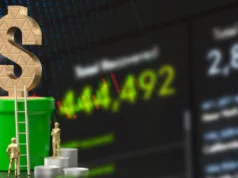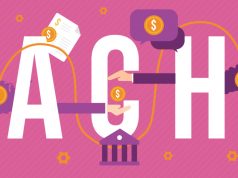
In an era where technological advancements often merge the realms of science fiction with reality, nowhere is this transformation more vivid than in the financial world, specifically AI-powered trading.
The meteoric rise of Artificial Intelligence and machine learning in the past decade has revolutionized several sectors, but perhaps its influence on the financial markets has been the most profound.
Traditionally, these markets, driven by data, have embraced AI innovations. Yet, with every technological leap, it becomes paramount to critically dissect the safety, reliability, and long-term implications of AI-driven trading mechanisms.
The Rise of AI in Trading
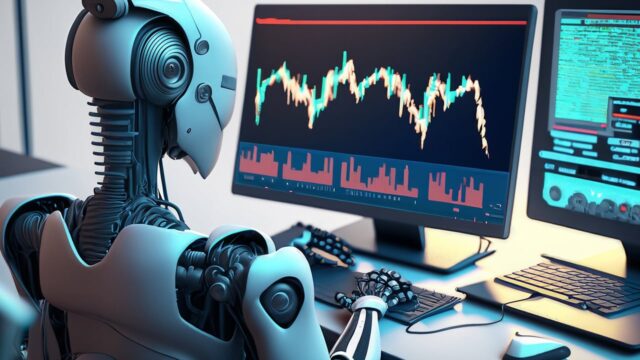
Trading, at its core, has always sought the elusive edge, and AI has emerged as the modern-day Excalibur in this quest. The inherent prowess of AI is its ability to churn through colossal datasets at near-instantaneous speeds, extracting patterns and insights that would be insurmountable for human analysts.
Machine learning, a subset of AI, refines this process further by iteratively learning from new data, ensuring that trading strategies continually evolve. High-frequency trading (HFT), which hinges on executing thousands of trades in mere seconds, has been revolutionized by AI.
Such capabilities enable these AI-augmented systems to identify and exploit tiny market inefficiencies that might escape the human eye, providing traders an unparalleled advantage.
The Promise of AI-Powered Trading
Beyond the sheer speed, AI’s magnetism in trading revolves around its precision, the promise of unbiased analytics, and a decision-making framework unmarred by human emotions. Take the strategy of “pairs trading” as an example.
Through AI’s lens, traders can pinpoint two historically correlated securities. Should one of these securities unexpectedly deviate from this correlation, AI can promptly initiate a counterbalancing trade.
This involves buying the underperforming asset and selling the other, operating on the hypothesis of their eventual correlation reconvergence.
Such intricate strategies, while not new, have seen their efficacy and accuracy magnified exponentially with the onset of machine-driven insights and analytics as You will notice straight away when trading with systems like the Immediate Edge Website.
Understanding the Risks
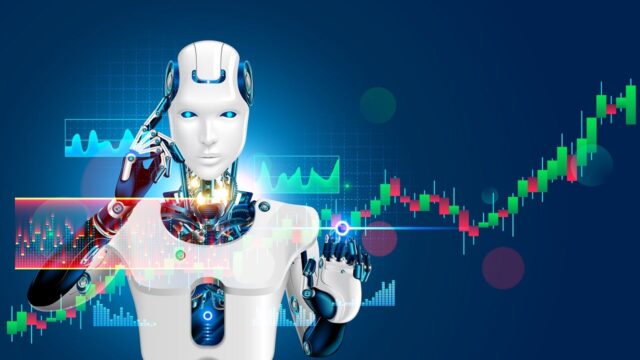
AI’s transformative impact on trading, while undoubtedly groundbreaking, is not without its shadows. These algorithms, as intricate as they are, remain susceptible to a range of unforeseen anomalies.
One of the most notorious manifestations of this is ‘algos gone wild,’ scenarios where algorithms behave unpredictably, leading to potentially catastrophic financial consequences. Reflect on the 2010 Flash Crash for a moment: the Dow Jones experienced a precipitous drop of 1000 points within minutes, an event which many experts partly attribute to the unpredictable behavior of HFT algorithms.
Beyond the realm of algorithms, the data that feeds these AI models is another vulnerable point. In essence, even the most sophisticated AI system is bound by the principle—garbage in, garbage out. If the foundational data fed into the model is flawed or inaccurate, the trading outcomes can be not only misleading but financially ruinous.
Data Quality and Reliability
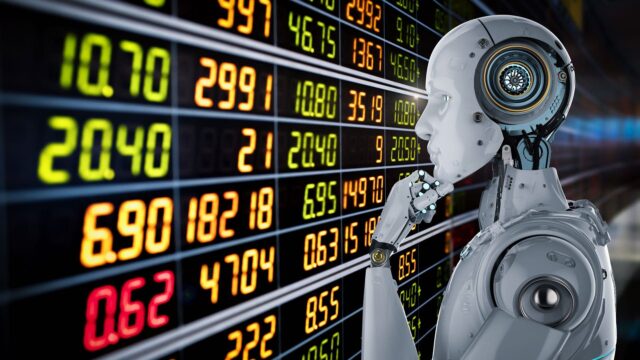
In the intricate dance of AI-powered trading, if algorithms are the dancers, data is the music. The quality and reliability of data dictate the rhythm and flow of trading decisions. Reliable, accurate data is paramount because even a slight discrepancy or oversight can lead to gross miscalculations by the AI.
For instance, if a historical stock price dataset neglects to account for stock splits, an AI might interpret it as a drastic price drop, leading to ill-advised trading decisions. Thus, constant monitoring and validation of data sources become crucial.
The ever-evolving landscape of global financial markets further underscores this need, ensuring that data remains contemporary and pertinent.
Algorithmic Errors and Glitches
The vast universe of trading algorithms, while majestic in its scope, is not infallible. Errors, whether from design flaws, oversights, or external market shocks, can trigger catastrophic cascades. A notable example beyond the Flash Crash is the demise of Knight Capital in 2012.
A faulty algorithm deployed in live trading resulted in a staggering $440 million loss in just 45 minutes, effectively crippling the firm. Such instances serve as cautionary tales, emphasizing the need for rigorous testing, continuous oversight, and the presence of fail-safes to prevent or mitigate large-scale mishaps.
Regulatory Concerns
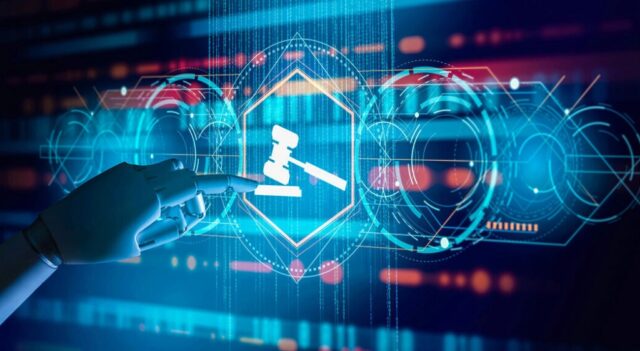
AI’s ascent in trading has not gone unnoticed by global regulatory bodies. Given the potential risks, financial authorities worldwide are grappling with the challenge of ensuring that these systems don’t compromise market integrity.
Many argue for stringent regulations, ensuring that algorithms undergo thorough back-testing against historical data and simulated market conditions.
Some jurisdictions are also mulling the requirement of ‘kill switches’ in AI systems, which would halt trading activities if specific anomalous conditions are detected. The overarching aim is to strike a delicate balance—nurturing innovation while safeguarding market participants and the broader financial ecosystem.
Human Oversight vs. Full Automation
The age-old debate of man versus machine takes on a nuanced dimension in the context of AI trading. While automation promises efficiency, the intrinsic unpredictability of financial markets often demands human intuition and judgment.
Some advocate for a hybrid model, wherein AI provides insights and recommendations, but the final trading decisions rest with human experts. This collaboration harnesses the analytical prowess of AI while tempering it with the experiential wisdom and instinctive caution of seasoned traders.
Risk Management Strategies
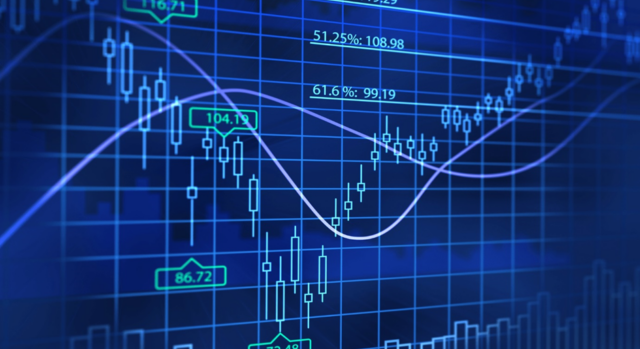
In the world of AI trading, proactive risk management isn’t just advised—it’s imperative. Mitigating potential pitfalls requires diversification, not just in assets but also in strategies. Relying on a single algorithm, however sophisticated, can be a recipe for disaster.
Instead, employing a range of strategies ensures that a malfunction or misjudgment in one area doesn’t jeopardize the entire portfolio. Additionally, regular monitoring, both automated and manual, can detect and rectify anomalies before they escalate.
Ethical Considerations
The interplay between AI and trading ushers in a slew of ethical considerations. The potential for market manipulation, the question of fairness, and even the societal implications of vast, rapid wealth generation through automated means warrant scrutiny.
An AI tool, if misused, could artificially inflate or deflate asset prices. Therefore, a commitment to transparency, accountability, and adherence to ethical guidelines becomes paramount.
Real-World Case Studies
While we’ve touched upon instances like the Flash Crash and the downfall of Knight Capital, the AI trading landscape is replete with diverse narratives.
Success stories abound, like quantitative hedge funds outperforming their human-managed counterparts, attributed to their sophisticated algorithmic strategies.
Yet, failures serve as grounding reminders of AI’s fallibility. These cases underscore a fundamental truth: AI, as a tool, is only as effective, ethical, and reliable as the humans guiding its implementation.
If you are more of a traditional trader or just getting started, check out our article on trading in the digital age and learn about the role of brokers and independent trading.

